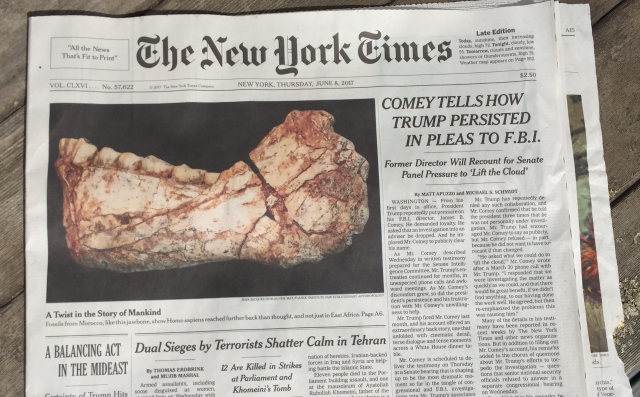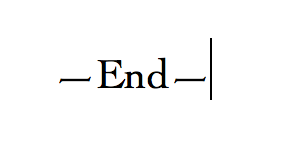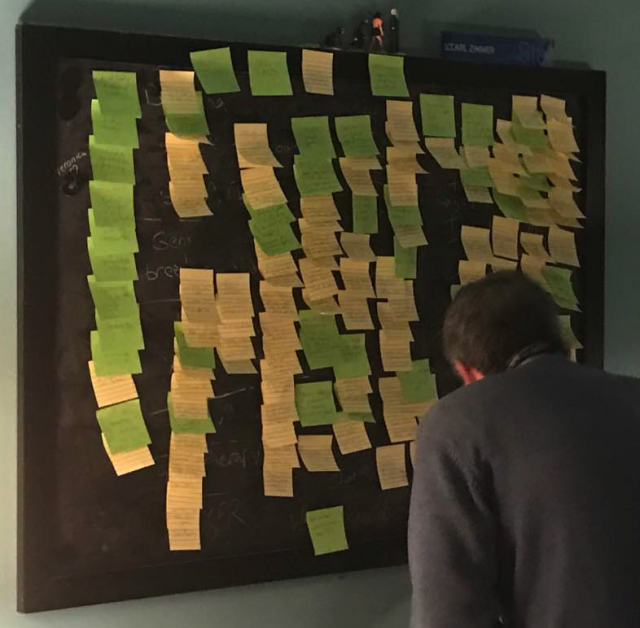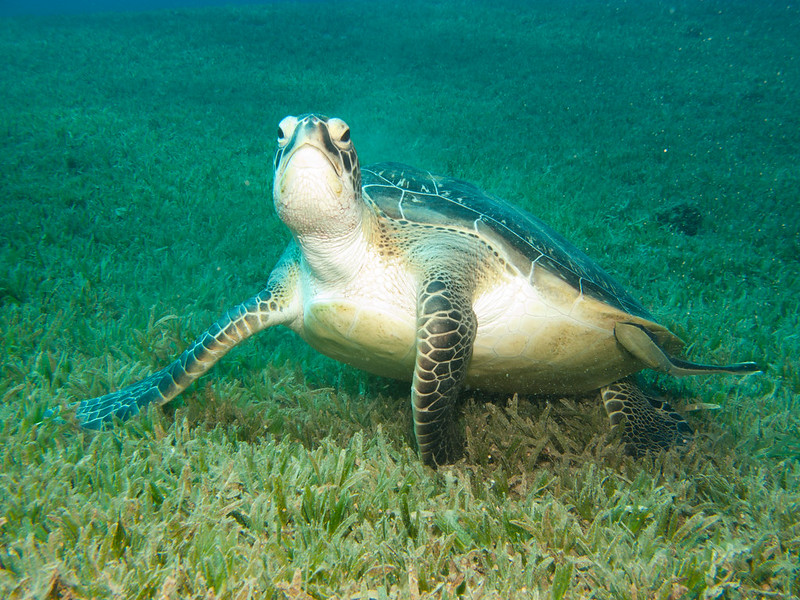
It’s been a big news week–and not just when it comes to politics.
In yesterday’s New York Times, I reported on the discovery of the oldest known fossils of our species. Their discovery represents a huge jump back in time. Before now, the oldest known fossils of Homo sapiens were 195,000 years old. The new ones are over 300,000 years old. Aside from breaking records, the fossils also tell us new things about how our species evolved. A picture of one of the fossils made the front page of the paper, making for quite a contrast with news about Comey’s testimony, terrorism in Tehran, and all the rest of our species’s current concerns. You can read the online version of my story here.
Here are a couple other pieces I’ve written since my last email. Continue reading “Friday’s Elk, June 9, 2017”


